The Zerode Katipo sounds like a dream come true for all derailleur skeptics. The bike of the premium Kiwi brand sports a modern geometry, elegant carbon frame and top suspension as well as a Pinion gearbox with belt drive. We were curious to see how the bike performs and find out all about the pros and cons of the concept.
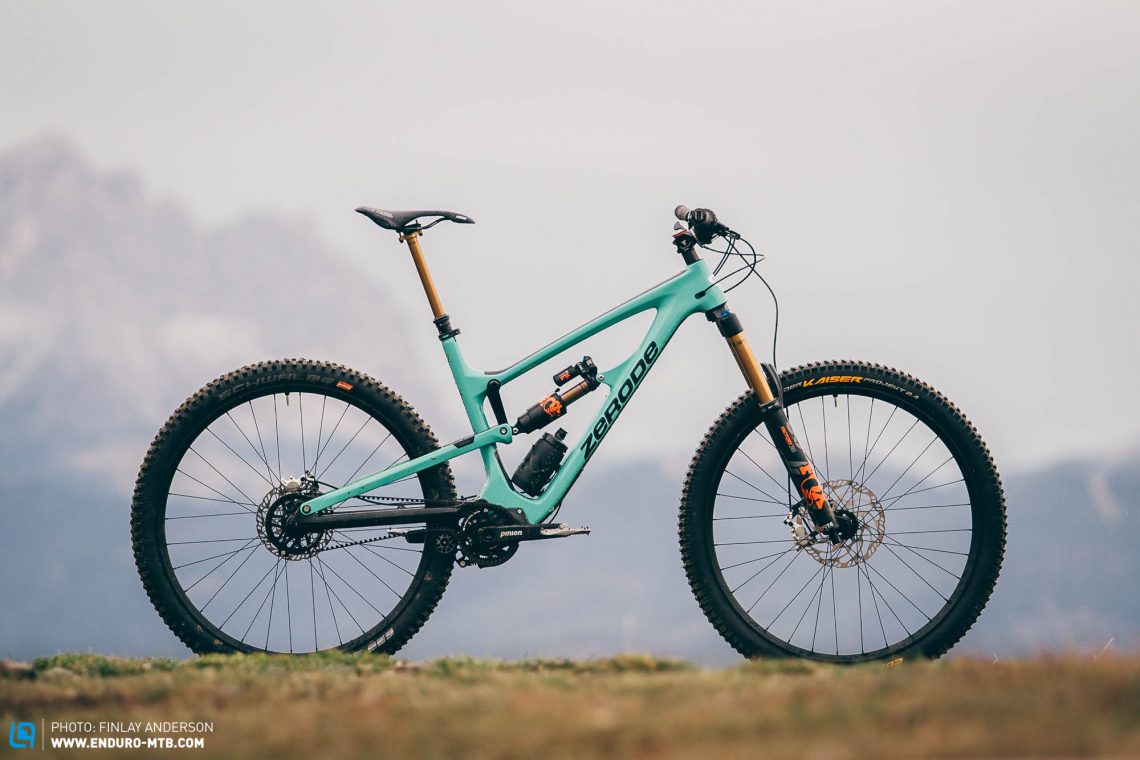
Never heard of Zerode? We’re not surprised. The small premium brand from New Zealand specialises in trail and enduro bikes and currently only has two models in its portfolio. Both their bikes feature a carbon frame and come equipped with a Pinion gearbox. We’ve already tested the 27.5” Taniwha back in 2017. The latest addition to Zerode’s portfolio, the Katipo, rolls on 29” wheels and is available with either 140 mm or 160 mm travel. Both versions rely on the same carbon frame, using a different rocker link, shock length and matching fork to adapt the bikes to their respective area of application.
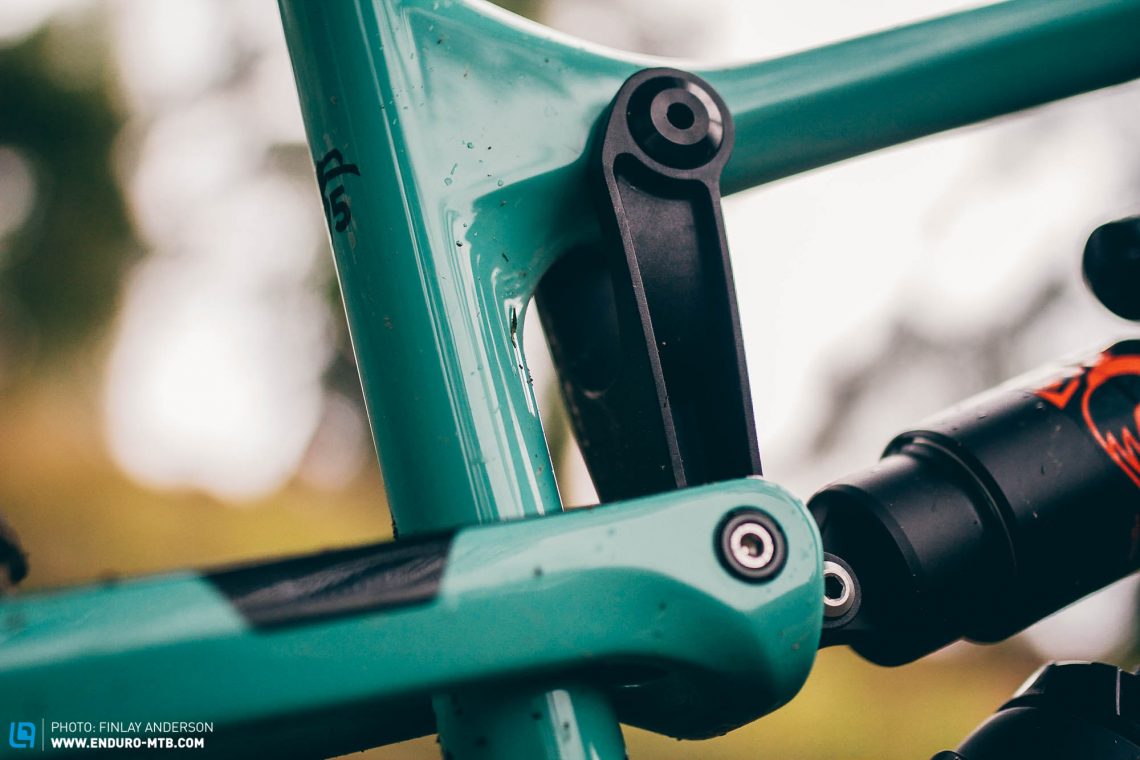
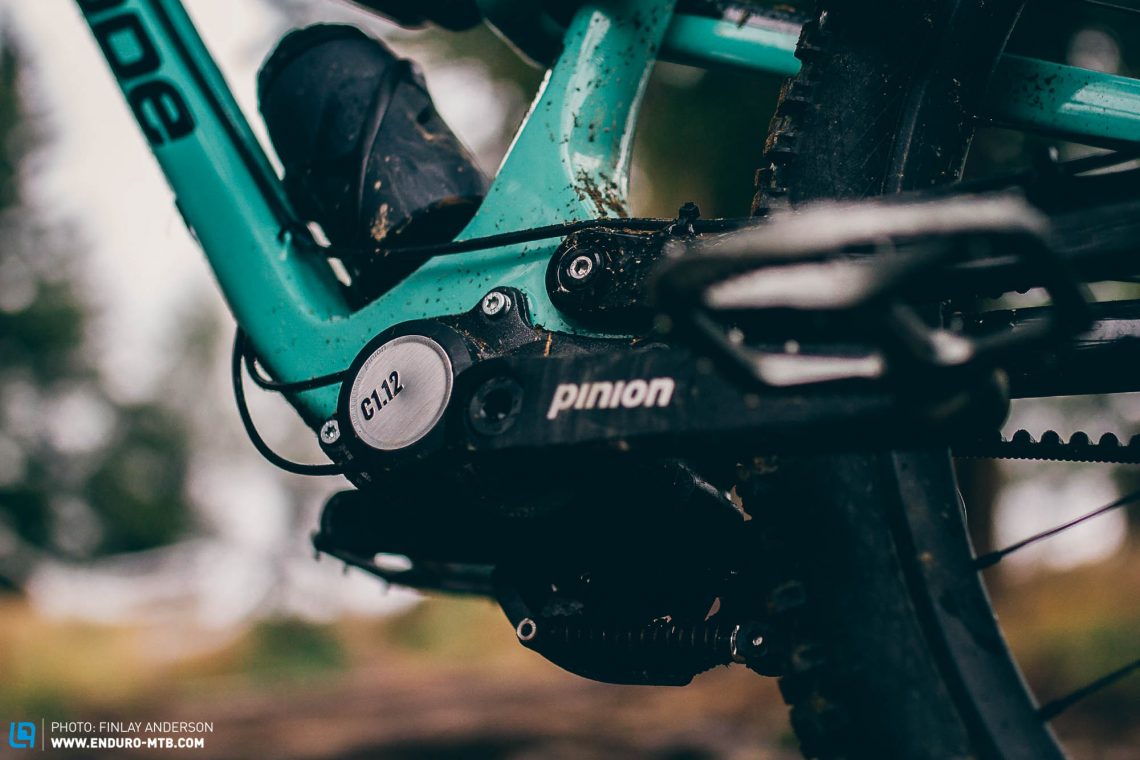
If you think that the Katipo is an eMTB, you may want to keep reading. The box on the down tube is not a motor, but a Pinion gearbox that replaces a classic drivetrain The Katipo is optionally available with the Pinion C1.12 12-speed gearbox, which has a whopping 600% gear range, or the 9-speed version which has a 567% range. The latter has slightly larger gear steps but is also 100 g lighter. Our 160 mm Katipo test bike with Pinion C1.12 gearbox hits the scales at around 15.72 kg, depending on the tires.
Pinion gearbox VS conventional drivetrains. What’s the difference?
There are several arguments that speak in favour of a gearbox for mountain biking, the most obvious being the lower maintenance requirements – especially when paired with a belt drive. Pinion recommend changing the transmission oil every 10,000 km. Moreover, a gearbox eliminates the risk of a bent or torn derailleur and reduces wear and tear significantly. As an additional advantage, the gearbox ensures a balanced center of gravity and reduces the unsprung mass on the rear wheel, which in turn improves suspension sensitivity and traction. On top of that, the fixed chainline – beltline in this case – allows manufacturers to optimise rear-end kinematics. But there are even more advantages, like the huge gear range and the fact that you can shift several gears at once without pedalling.
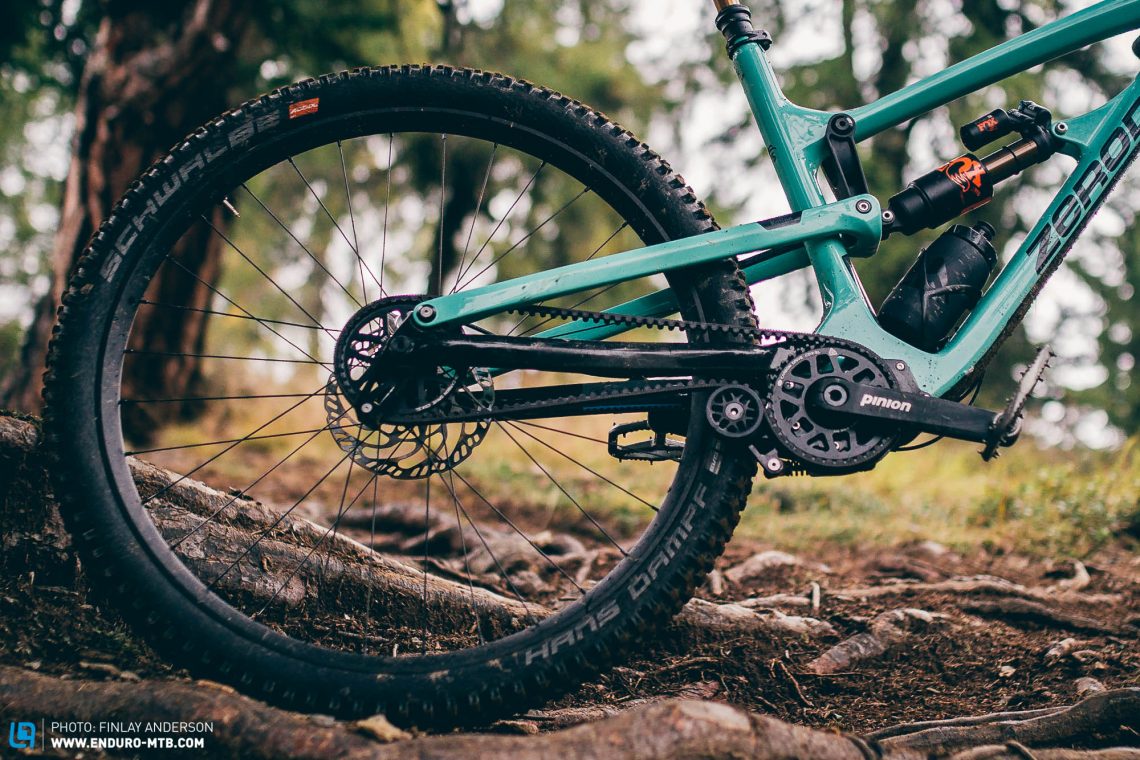
Does the Pinion gearbox have drawbacks?
So far, the list of pros looks promising. However, there are also some negative aspects to take into consideration. When pedalling, for instance, the gearbox has a slight drag and doesn’t feel as efficient as a conventional drivetrain. According to Pinion, however, this should improve after a run-in period of around 1,000 km. Whilst it’s impossible to quantify the drag or determine to which extent it affects pedalling performance, we can tell you that it was clearly noticeable throughout the test. In addition, the extra freewheel in the gearbox increases the dead-space in the pedal stroke before the freehub engages. This is particularly annoying on technical climbs, where you have to stop pedalling to avoid slamming the pedals into an obstacle. When shifting into an easier gear, the Pinion gearbox requires a momentary hesitation in power delivery. Oh yes, and it’s only compatible with a GripShift shifter – there’s no trigger shifter option. Moreover, the gearbox is heavier than a classic drivetrain, but in return the weight is placed centrally on the bike.

The spec of the Zerode Katipo in detail
The Zerode Katipo is available in two different builds and as a frame kit. The small boutique brand also lets you configure the build to suit your own needs and preferences. In Germany, the Katipo Enduro frame with X2 shock retails at € 5,899, while the belt conversion kit costs an additional € 725. One thing is clear: although the frame set includes the drivetrain, the Katipo is no bargain! Since our test bike is a custom build, we’re not going to dive into the details of the spec. However, both standard builds have a well thought-out, high-quality spec, including FOX Factory suspension, MAGURA MT5 brakes and MAXXIS tires. The main difference is in the wheels: while the cheaper Voyager model comes with Stan’s NoTubes Flow MK3 rims, the Deluxe version rolls out of the factory on Zerode carbon rims. Both models come with a belt drive as standard. Prices vary significantly depending on location, so you better check with Zerode directly.
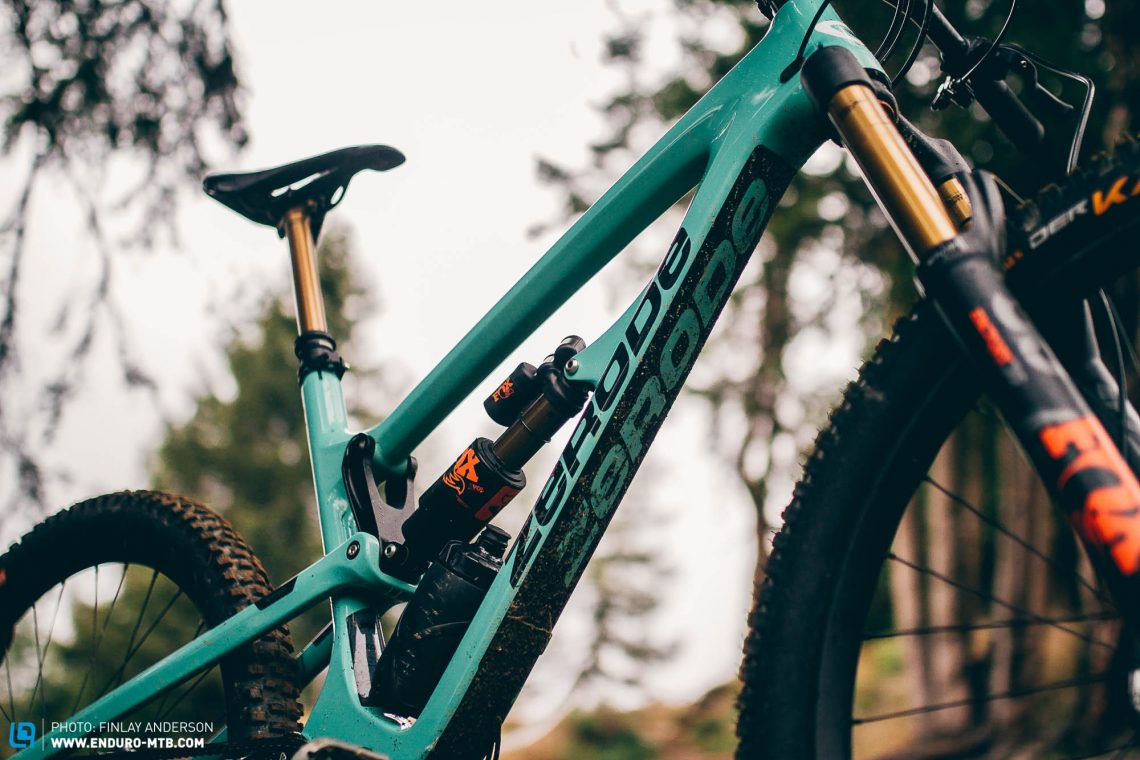
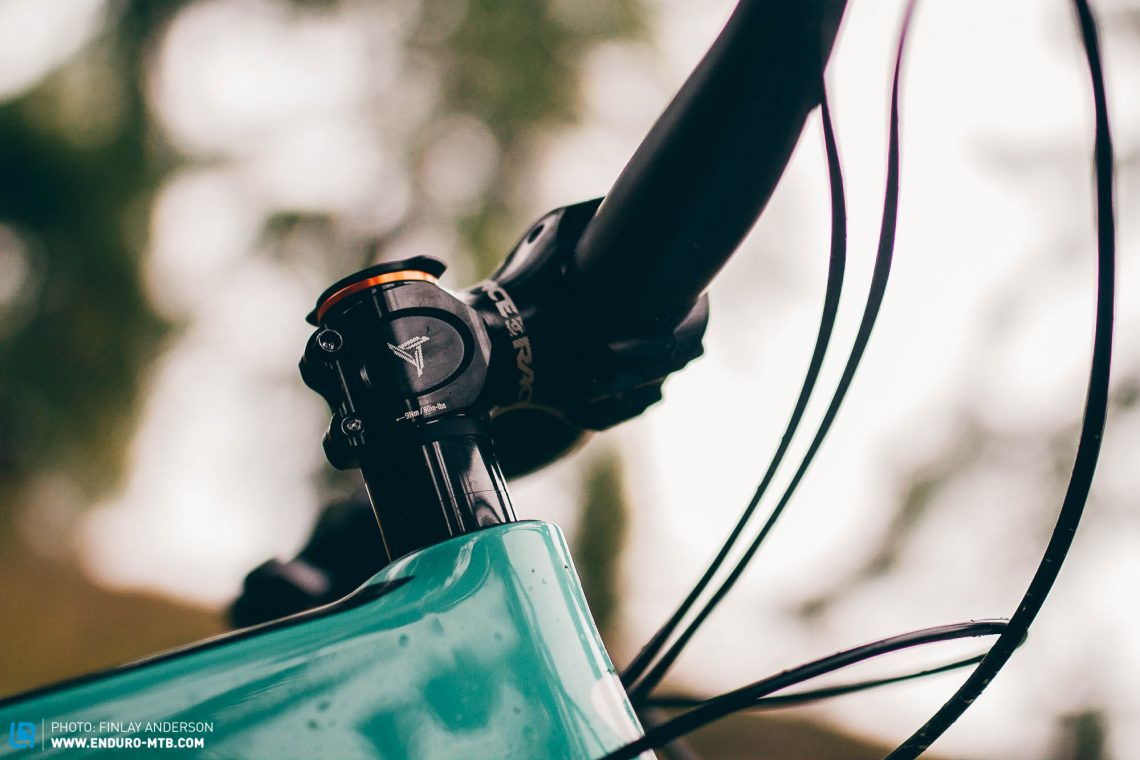
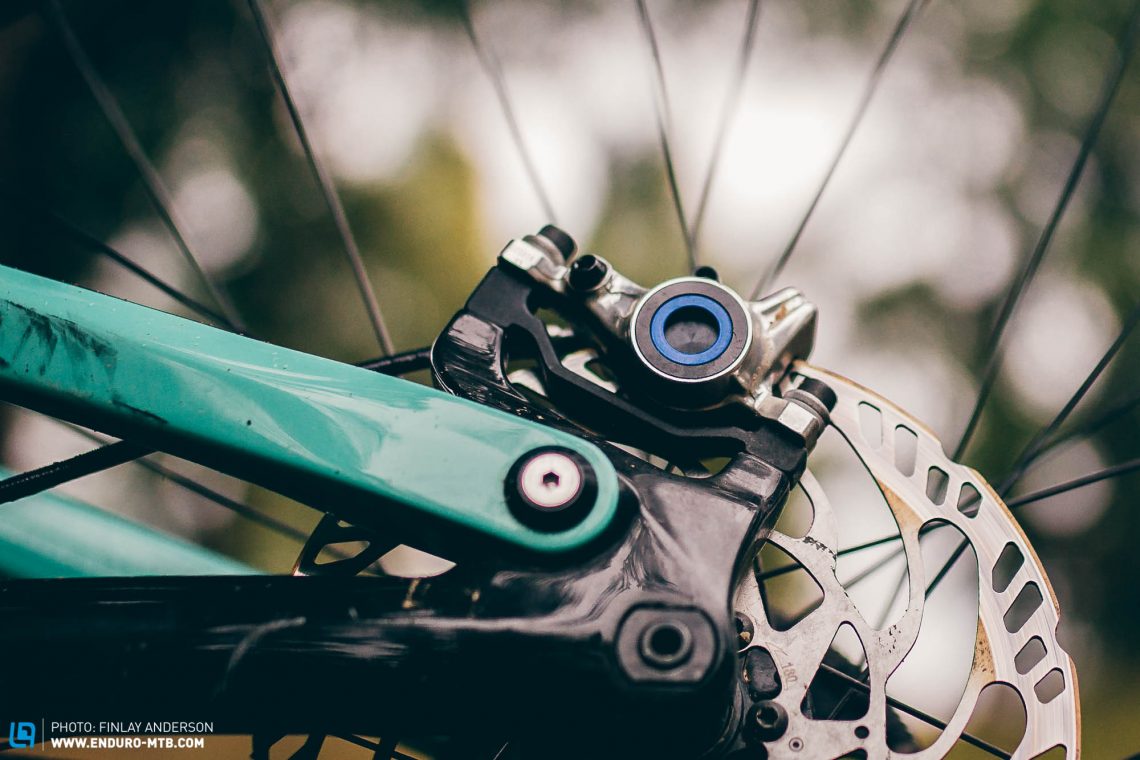
Modern, balanced, well thought-out. The geometry of the Zerode Katipo
Let’s start with the bad news: not everyone will be able to enjoy the Katipo. Besides being very expensive, it’s only available in two sizes, L and XL, and thus caters only to a limited number of potential prospective customers. The 475 mm reach of our test bike (size L) is well-chosen. On the other hand, the 460 mm seat tube is unnecessarily long, making it hard to run long-travel dropper posts. Given the balanced center of gravity, the 25 mm BB drop looks very promising and the 444 mm chainstays should provide a balanced handling. The Katipo has a 75.5° seat angle and rather slack 64° head angle.
| Size | L | XL |
|---|---|---|
| Seat tube | 460 mm | 490 mm |
| Head angle | 64° | 64° |
| Seat angle | 75.5° | 75.5° |
| Chainstays | 444 mm | 444 mm |
| BB Drop | 25 mm | 25 mm |
| Head tube | 110 mm | 120 mm |
| Wheel base | 1,245 mm | 1,279 mm |
| Stack | 610 mm | 618 mm |
| Reach | 475 mm | 505 mm |
Slow and steady – the Zerode Katipo uphill
There’s one thing the Katipo isn’t: a fast climber. But then again, that’s true for most bikes with 160 mm rear-travel. The chassis is very efficient and the pedalling position pleasantly central and comfortable – despite the relatively slack seat angle. While Pinion claim that the gearbox runs a lot smoother after a break-in period of 1,000 km, the drag persisted throughout the entire testing period. However, we’re not sure whether or not we’ve even managed to get a whole 1,000 km on the clock – that’s a lot to do with an enduro rig on steep terrain. Therefore, it’s hard for us to make a blanket statement about the pedalling efficiency of the Pinion gearbox. Nevertheless, from our experience we can say that the Katipo is a tad slower and less lively than a comparable bike with a standard drivetrain. The Pinion gearbox with drive belt shows its strengths on super steep climbs. Where others have to get off the bike and push it up the hill, on the Zerode you can shift down a gear and carry on pedalling. And of course, the Pinion gearbox is a great choice if you spend lots of time riding in muddy and wet conditions. Especially in autumn, we really appreciated the sealed system. However, even gearboxes aren’t completely maintenance-free: the chain tensioner, for example, should be inspected and lubricated on a regular basis to prevent unwanted creaking noises.
Quiet, balanced, fun. The Katipo downhill
Without a doubt, the Zerode Katipo shows its greatest strengths downhill, where it feels extraordinarily plush from the get go. The balanced center of gravity almost reminds us of an eMTB. The rear-end works sensitively and filters out bumps effectively. Despite the sensitive suspension, the Katipo feels composed at all times and doesn’t wallow. The rear-end is sufficiently progressive to handle big hits and always provides good support, whether you’re carving through corners or pushing hard on challenging trails. On top of that, the bike is incredibly quiet – superb!
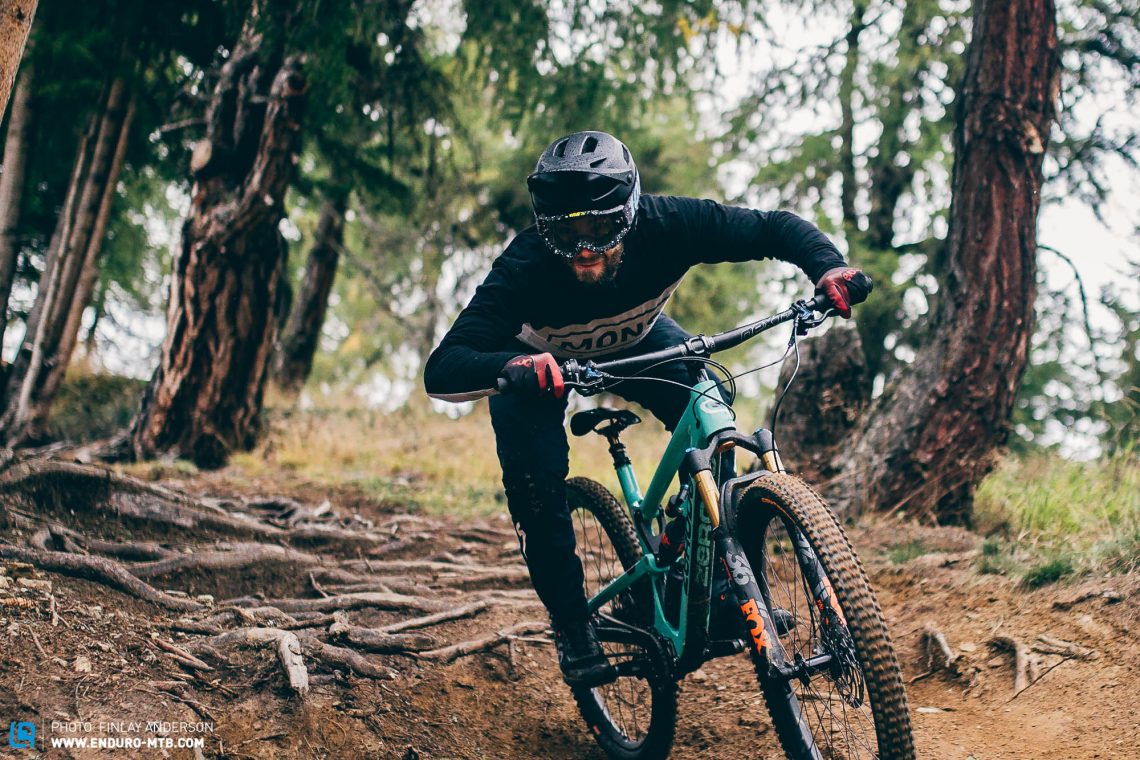
Tuning-Tipp: Mount handlebars with a lot of rise
The geometry is very balanced and suits our 180 cm tall test riders perfectly. The Katipo positions its rider centrally, allowing for a balanced weight distribution and thus generating equal amounts of grip on both wheels. As a result, the handling is good-natured and predictable. Whether you’re drifting or railing through corners, the Katipo is incredibly composed and easy to control – but requires more muscle for active manoeuvres like manuals. We recommend using handlebars with plenty of rise to make up for the low stack without shortening the reach. Downhill, the Pinion gearbox works discreetly in the background. Here again, the shift logic takes some getting used to, but the GripShift never bothered us downhill. For some riders, the limited selection of grips might be a problem.
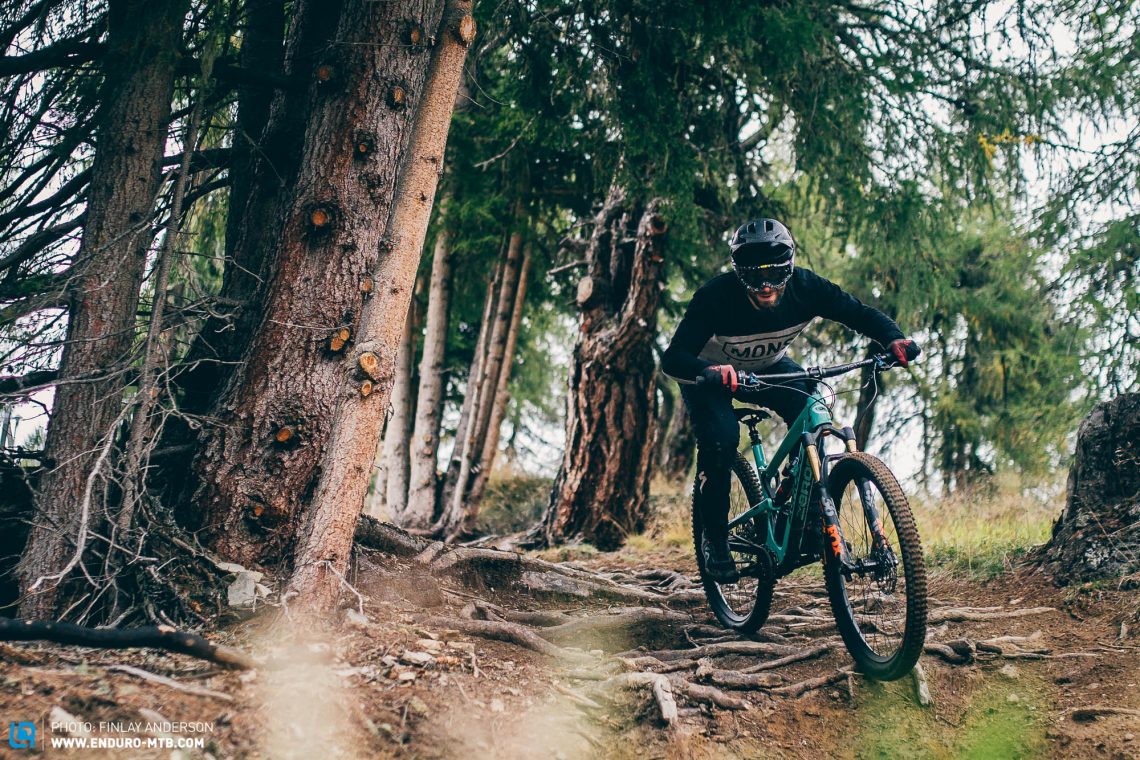

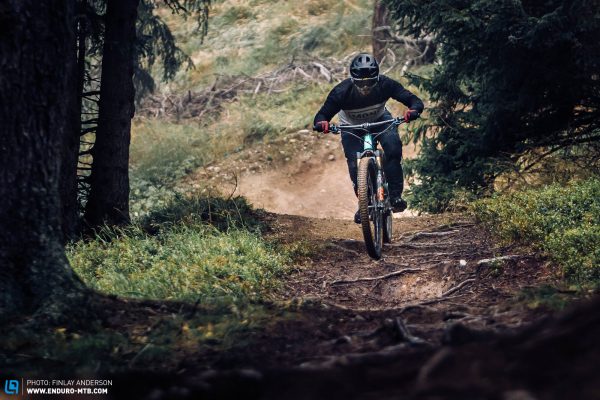

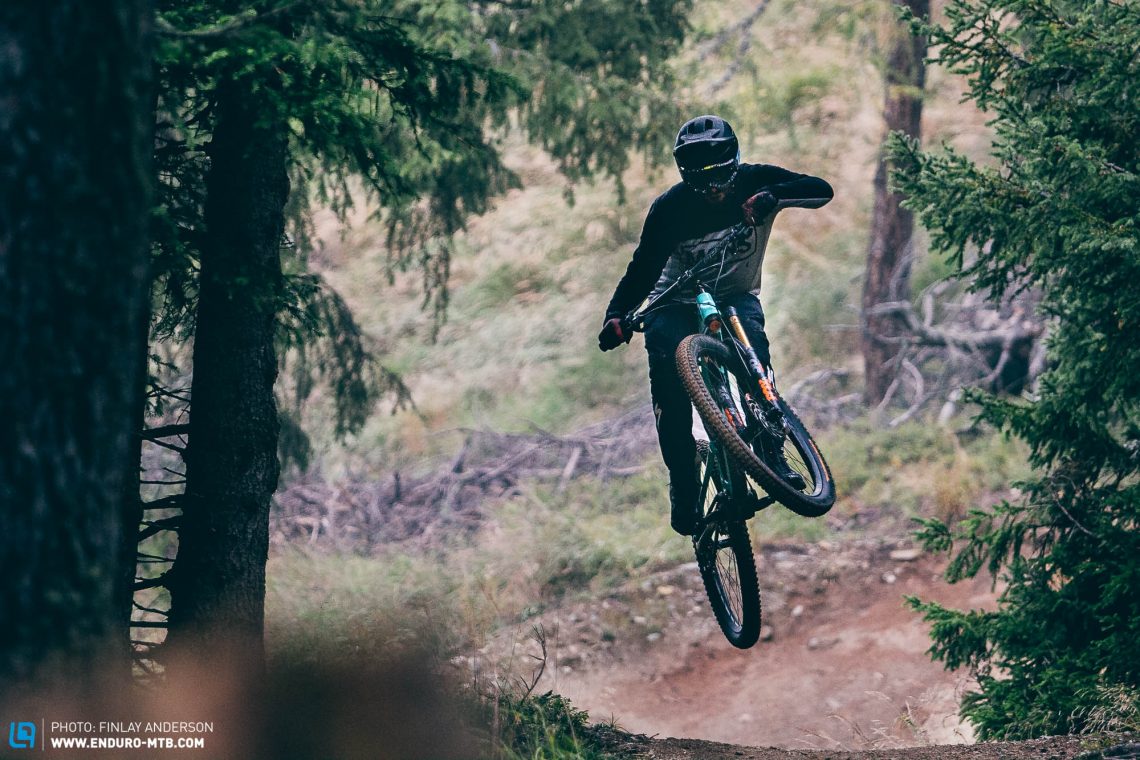

Is the Zerode Katipo with Pinion gearbox the revolution many riders have been waiting for??
Would we like to own the Zerode Katipo as our one-for-all bike? We asked ourselves this question several times during this test. There are many good reasons to love the bike: it’s super quiet and has a top suspension and very harmonious geometry. On top of that, the absence of a rear derailleur makes it attractive for many riders. Nonetheless we would opt for a bike with a conventional drivetrain. The best bikes available on the market deliver an equally plush and quiet riding experience without the drawbacks of a gearbox. A derailleur doesn’t last forever, but it’s easy to replace. On the other hand, what do you do when the chain tensioner snaps?
Our conclusion
The Zerode Katipo shines with its super plush suspension, top-class geometry and, above all, the successful integration of the Pinion gearbox. Yes, the gearbox has many advantages but also some drawbacks, and it’s really up to you to decide whether or not it works for you! If it does, and if you’re looking for an exotic bike – and have the spare cash laying around – the Zerode Katipo might be a great option!
Tops
- super balanced and plush
- very quiet
- exclusive and unique
- advantages of the gearbox
Flops
- climbs are only a means to an end
- only two frame sizes available
- the belt tensioner needs TLC
For more information head to zerodebikes.com
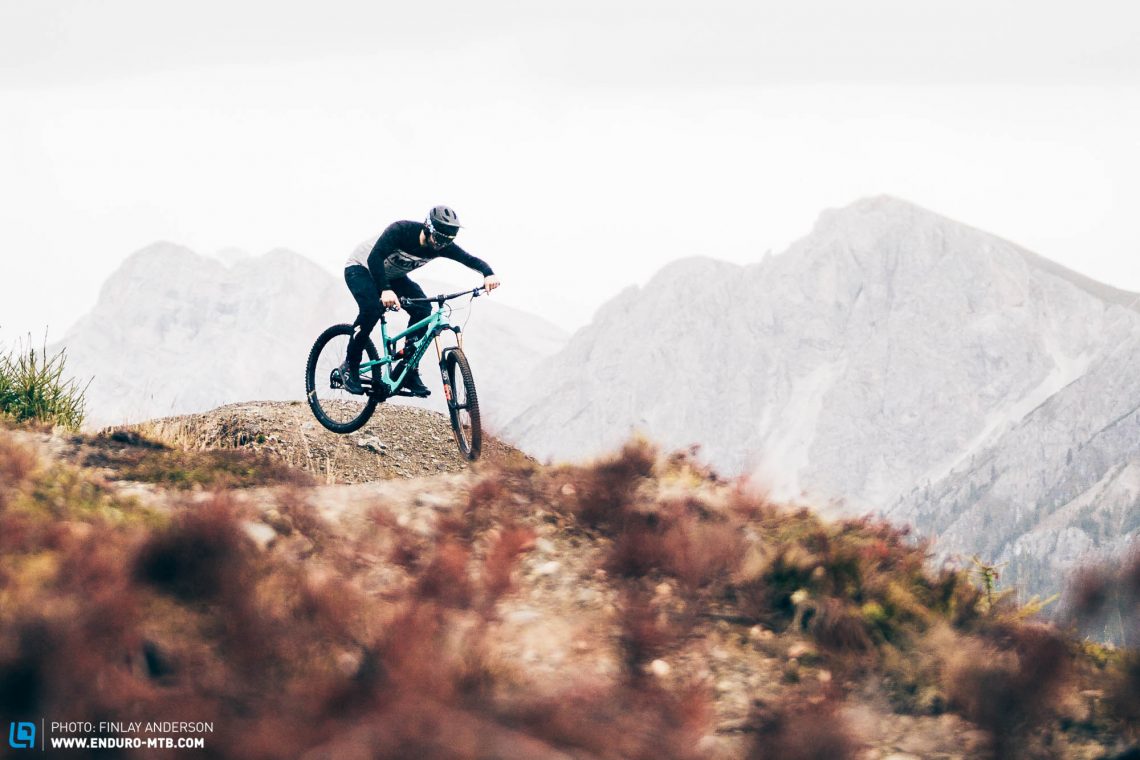
Did you enjoy this article? If so, we would be stoked if you decide to support us with a monthly contribution. By becoming a supporter of ENDURO, you will help secure a sustainable future for high-quality mountain bike journalism. Click here to learn more.
Words: Photos: Finlay Anderson









